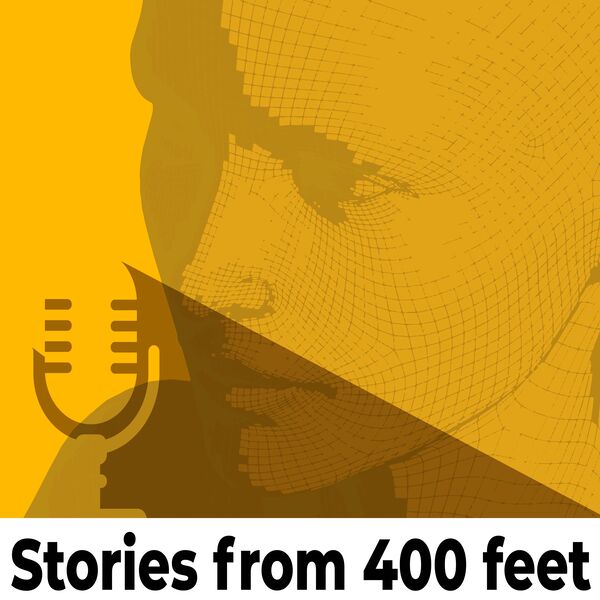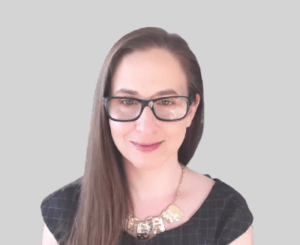The colonization of the Americas wasn’t a peaceful or equitable process. Over the course of decades, indigenous peoples were systematically relocated onto small, remote regions of the North American continent where they have continued to live to this day.
“For over 100 years, indigenous people have been living on these pockets of land in Canada called reserves,” explained Jacob Taylor, CEO of Indigenous Aerospace and Otter Clan member of the Mississauga Nation. “The reserves lack infrastructure in many ways—insufficient housing, proper roads, clean water, and electricity—presenting significant challenges for the people there.”
These regions continue to be under funded and under supported, making it difficult to provide essential goods and services to those living on the reserves. Indigenous Aerospace is playing an important role in trying to improve those conditions by helping First Nations build their own drone programs.
“Indigenous Aerospace was designed to empower First Nation communities through the remote piloted aircraft system (RPAS) industry,” said Taylor. “We do that through supporting financial, human, and physical capital within the community and within RPAS operations. Financial in that we find federal and provincial funding that support indigenous initiatives. Human in that we’ve developed First Nation geared RPAS training in conjunction with our partners to empower them to build their own programs. And Volatus Aerospace provides the physical capital—the latest and greatest technologies and regulatory knowledge required within the drone sector. The combination of these three factors provides a full business in a box opportunity for First Nation communities to open the possibilities of RPAS right where they live.”
Indigenous Aerospace works to improve current conditions by helping First Nations create the circumstances in which they can develop self-sustainable community run/owned businesses. Their focus on empowerment is the lynchpin to their efforts. Without empowerment—having the skills, authority, and capital to accomplish something on one’s own—it would just make them beholden to outside support. This is why they are focused on training and education, providing access to drone supplies, and helping to get access to funding to kick start these businesses. Without that initial support, it can be challenging to get a program started.
“The pandemic has strained these communities who already have low physical capital, low human capital, and low financial resources,” explained Taylor. “They have just been putting out fire after fire, so dealing with innovation or bringing in a new solution is challenging. When you are living for today, it is hard to plan for tomorrow. So, we try to be the catalyst that can help these operations get started for communities that can benefit from it but don’t have the extra people or resources to bring it together.”
Taylor has seen firsthand the impact from that initial support.
“Drones are being used in public safety such as search and rescue, firefighting, policing, and disaster response,” said Taylor when talking about the many ways drones can serve Indigenous communities. “In addition, we are seeing interest from housing and land directors for infrastructure and land inspections and mapping, which has proven important for communities who have mining operations nearby or need to monitor potential natural hazards like ice flow for flooding. Using a drone is a lot more cost effective than using other methods like helicopters, and it is enabling communities to do more with their limited budgets.”
Taylor also emphasized that empowering communities to build their own local drone programs provides a lot more than the immediate cost savings for these services—it can help keep communities together and improve quality of life.
“First Nations, like many remote populations, suffer a brain drain where highly educated and talented people, especially those in STEM fields, get pulled elsewhere just because that’s where they’re finding the financial compensation to manage a decent quality of life,” pointed out Taylor. “This trend is why it’s important to provide access to these programs within remote populations that have limited access to technology and greater barriers to participation. Pilots are well compensated, and they can do their work from anywhere, enabling them to stay in their communities and still have a very high quality of life. I see it as an enrichment to the community beyond the immediate scope of what the drone service directly provides.”
The Reserves in Canada are where the traditions, culture, and way of life of First Nations have been kept alive, but to truly ensure that these communities can thrive—not merely survive—they need to have access to the tools for success. Organizations like Indigenous Aerospace are empowering these communities by giving them that opportunity for success.









